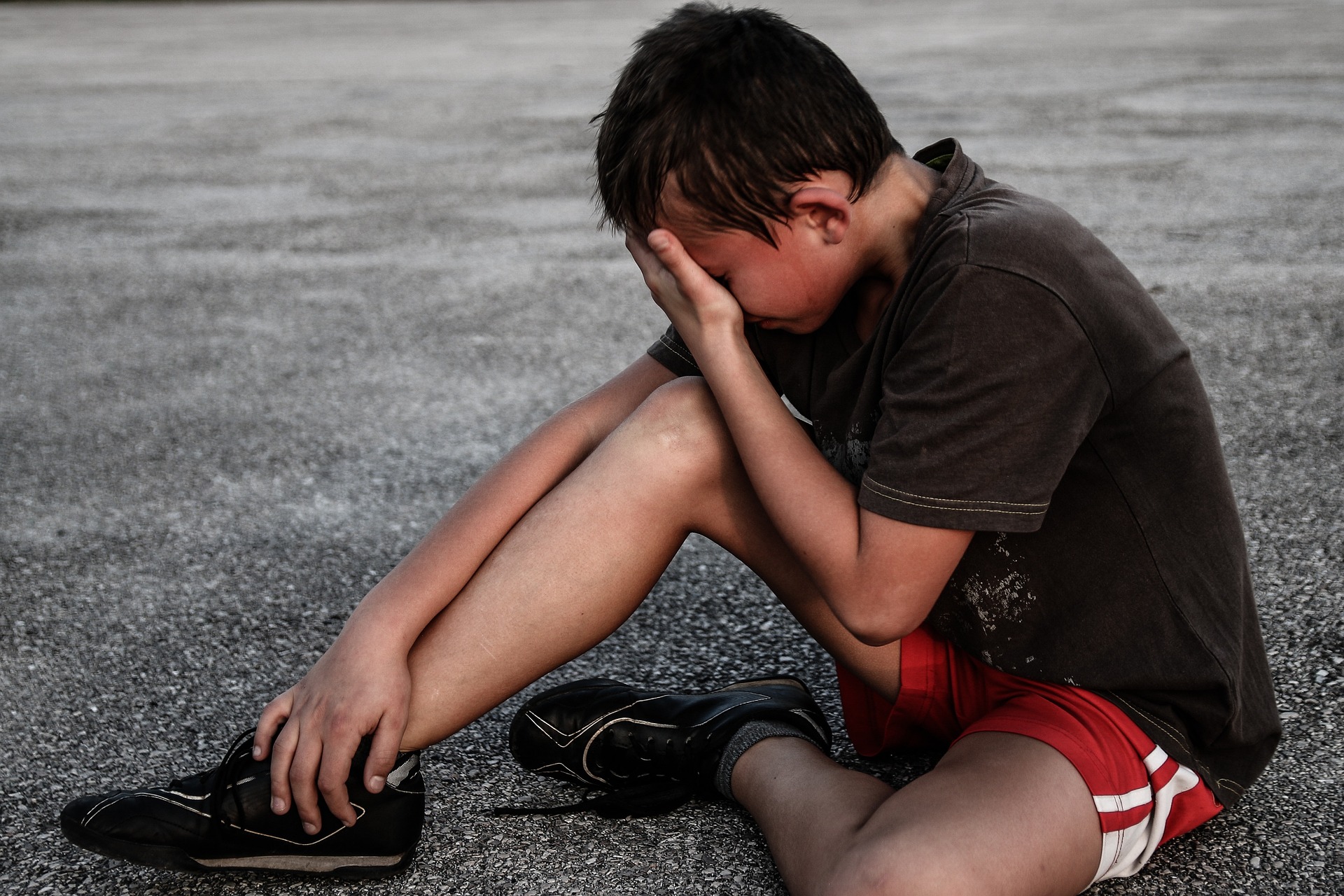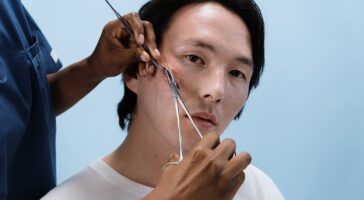Urgent Care
Diagnosis, treatment, and services for your everyday medical needs such as flu shots and lab work.
Jan 10, 2023

Children can be wild and intense when monkeying around with their friends or even by themselves. Whether it be on a playground, basketball court, or a park, kids love to play and explore their surroundings. Unfortunately, with this curiosity, inevitably an injury of some sort is bound to happen. The most common being some sort of sprain or strain. Most people believe these two things to be the same. Even though they sound alike, sprains and strains are completely different types of injury – and both are very common in children. Here, we will go over the differences between these two injuries and how your child can avoid them.
Sprains happen when a ligament suddenly stretches, twists, or tears. This injury can occur when a child falls or suffers a hit to the body. Sprains often affect the ankles, knees, or wrists.
Strains happen when a muscle or tendon is pulled or torn. This type of injury can happen suddenly, such as when a child overstretches a muscle, in a quick, jerking movement. Or it can happen over time if a child overuses a muscle or tendon. Overuse can occur during activities that require movements that are performed over and over.
Those who are most susceptible are teens that are active, but those who play sports are more at risk for a sprain or a strain. These injuries are not as common in younger children because their growth plates are weaker than the muscles or tendons and are more likely to be injured instead of the ligament.
Your child’s healthcare provider makes the diagnosis with a physical exam. During the exam, he or she will ask about your child’s health history and how the injury happened. They will also find where the pain is to help determine where the injury may be. If this is not enough, your child may need an X-ray, MRI, or CT scan.
In most cases, sprains and strains happen in some sort of sports injury or other intense physical activity. They are from either injury or overuse of muscles or joints. Many sports injuries can be prevented by ensuring your child warms up first, trains and conditions properly wears the right protective gear, and uses the right equipment.
You can also help your child prevent overuse injuries by making sure your child sets aside one to two days each week for rest from competitive sports and training and takes breaks from a specific sport during the year. This is extremely important and might be difficult because as we all know, children love playing around, but it is crucial to have them understand that by not resting they are putting themselves at risk for an injury. Also, encourage your child to focus on fun, skill-building, safety, and sportsmanship when playing sports which will lead to a proactive lifestyle and a healthy way of competing.
Overall, treatment will depend on your child’s symptoms, age, and general health. It will also depend on the severity of the condition. Initial treatment for a sprain or a strain includes rest, ice, compression, and elevation (RICE). Other routes to take would be pain medicines, such as ibuprofen, a splint, cast, a removable walking boot, crutches or wheelchair, physical therapy to stretch and strengthen the injured muscles, ligaments, and tendon, and lastly, surgery. Surgery may not be necessary and is not commonly needed, but occasionally is needed if there is a fracture
In most cases, sprains and strains are not something that should keep you up at night. The recovery time is rather quick and 9 out of 10 times, your child will be back to normal in no time. Still, as a parent, you worry and love your child and would never want to see them in anguish. With that being said, do your best to educate them on the dos and don’ts of safe play and if there does come a time when your little one injures themselves, the professionals at Chai Care will make sure they receive the treatment they need!
* Legal disclaimer: The content of this article and the entire Chai Care blog is for educational purposes only; it does NOT constitute medical advice and must not be considered as such. Please consult a medical professional regarding any symptoms or health concerns you or your loved ones.

Nobody wants to spend hours sitting in a crowded emergency room, especially when you or your loved ones…

In today’s fast-paced world, time is a precious commodity, especially when it comes to healthcare. At Chai Care,…

Healthcare is the cornerstone of a thriving society, and at Chai Care, we firmly believe that it should…

In the fast-paced world of urgent care, every moment counts. When patients walk through our doors at Chai…

Major or small, we can all think back to a time when we cut, scraped, or grazed ourselves.…

Kids are bound to injure themselves at some point or another. Sometimes it’s a broken bone after taking…

There is no other way of saying it, but we all poop. It’s something every person does and…

Broken bones are no joke. Injuries like breaks and fractures can have long-term effects if gone untreated and…